Wheat flour is produced from grinding wheat, a cereal rich in gluten, widely used in the preparation of biscuits, cakes, bread and various industrialized products around the world.
However, although it is widely used, excessive consumption of refined products, obtained from wheat flour, is associated with the occurrence of cardiovascular diseases, diabetes and obesity.
Therefore, other types of flour have appeared on the market, with a higher fiber and nutrient content, and sometimes gluten-free, which can replace wheat flour in culinary preparations:
1. Whole wheat
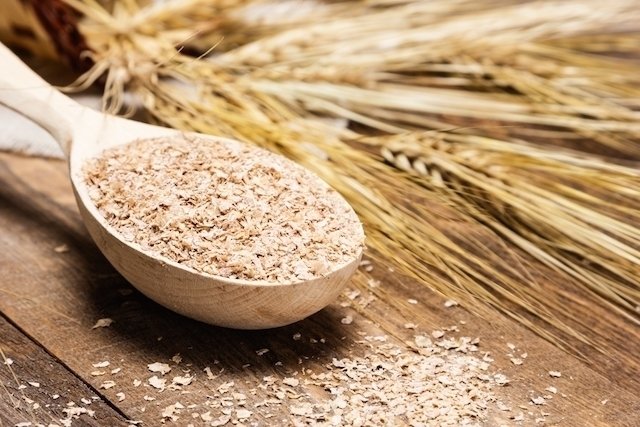
Whole wheat flour is a great substitute for white flour because it has a high fiber content. Every 100 grams provides around 8.6 g of fiber, unlike white wheat flour which only provides 2.9 g. Fiber contributes to intestinal health, being a good alternative for people who suffer from constipation, in addition to increasing the feeling of satiety.
Furthermore, whole wheat has a higher content of B vitamins, which are important for the functioning of the metabolism. Whole wheat contains gluten, so it should not be used by people with gluten intolerance or allergies.
2. Carob
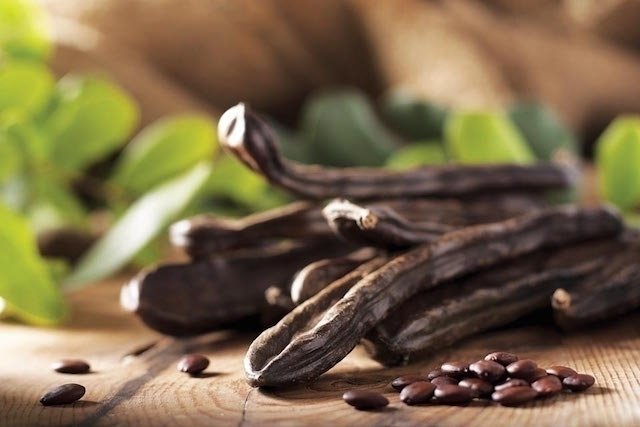
Carob is a flour produced from the carob fruit, which is rich in antioxidants, mainly polyphenols. Furthermore, carob flour is rich in calcium and magnesium, important minerals for bone health.
Carob can be used as an alternative to cocoa powder or chocolate, as its flavor is similar. This flour does not contain gluten and can be used by people with celiac disease, wheat flour allergies or gluten intolerance. See how to use carob.
3. Oats
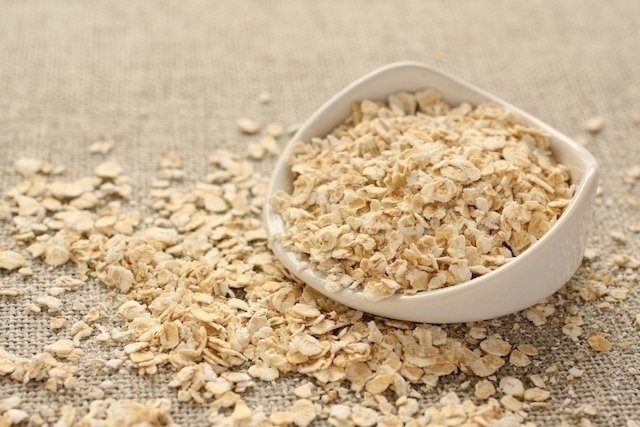
Another excellent option to replace wheat flour is oat flour, which contains soluble fibers, called beta-glucans. This type of fiber forms a type of gel in the stomach that helps increase the feeling of satiety, improves the health of the intestinal flora, reduces bad cholesterol (LDL) and helps regulate blood sugar. Therefore, oatmeal is an excellent option for people who want to lose weight and regulate blood glucose.
In the case of people with celiac disease, oats should be consumed under the guidance of a nutritionist. Despite not containing gluten, in some cases it has been observed that the body can develop an immune response against oat proteins, making crises worse. Additionally, in some cases, oats may be contaminated with wheat, rye, or barley.
4. Coco
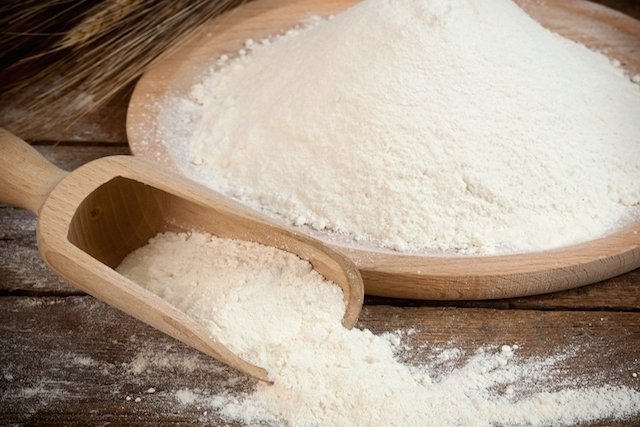
Coconut flour is produced by grinding dehydrated coconut. This is a versatile flour that provides several health benefits. Coconut is rich in saturated fats, with antimicrobial and antiviral properties that help strengthen the immune system, and is gluten-free, making it an excellent option for people with celiac disease, wheat allergies or gluten sensitivity.
Furthermore, it provides a very high amount of fiber, around 37.5 g per 100 g, compared to other flours, making it a great option for people who suffer from constipation. See other health benefits of coconut.
5. Buckwheat
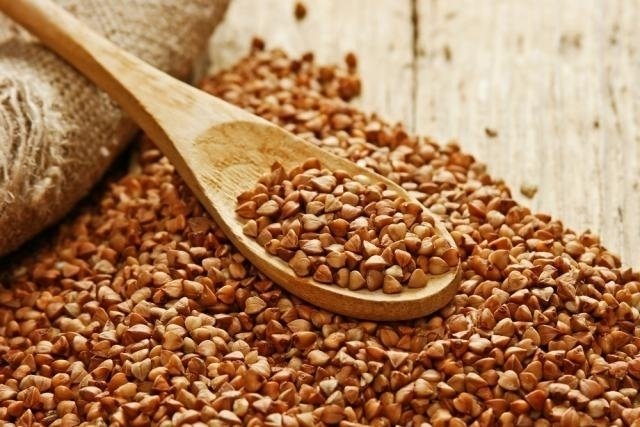
Buckwheat is considered a pseudo-cereal because it is a seed. It is characterized by not containing gluten and being rich in antioxidants, mainly polyphenols, which help reduce inflammation, improve blood pressure and contribute to the proper functioning of the heart.
Furthermore, buckwheat flour is rich in B vitamins and minerals such as iron, calcium and selenium, essential for preventing diseases such as anemia, osteoporosis and Alzheimer’s. Although it does not contain gluten, it is important to observe the label as it may contain some traces of this protein. See more benefits of buckwheat and learn how to use it.
6. Almond
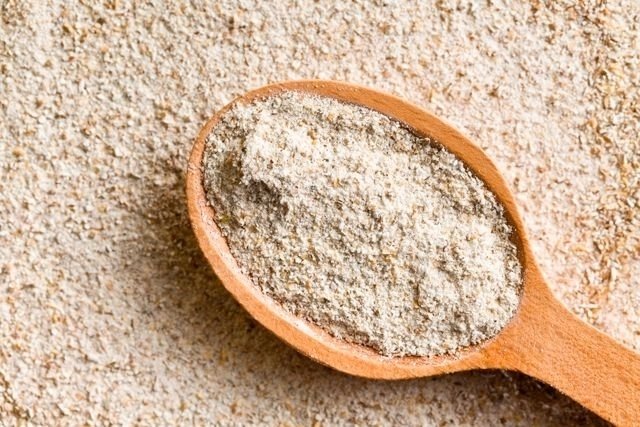
Almond flour is an excellent alternative to replace wheat flour, as in addition to having a pleasant flavor, it is low in carbohydrates, does not contain gluten, and is rich in vitamin E and other micronutrients.
Using this flour in recipes is an excellent option for people with diabetes and who want to lose weight, as it helps regulate sugar and blood pressure, and lower bad cholesterol (LDL).
7. Amaranth
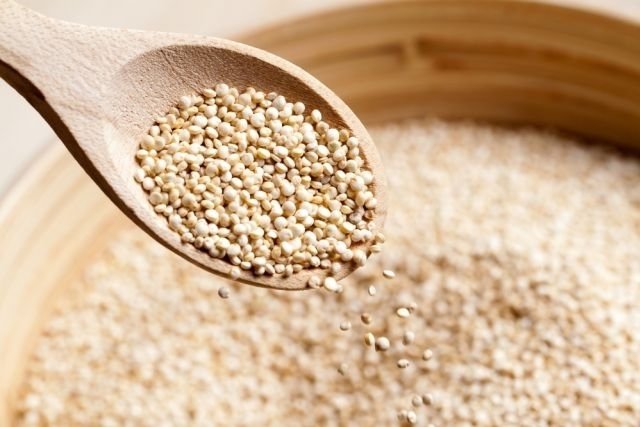
Like buckwheat, amaranth is considered a pseudocereal, rich in antioxidants, proteins, fiber, iron, calcium and selenium. For this reason, it is excellent for improving brain, bone and heart health.
Although it does not contain gluten, it is important to read the packaging label, as it may be cross-contaminated and contain some traces of this protein.
8. Quinoa
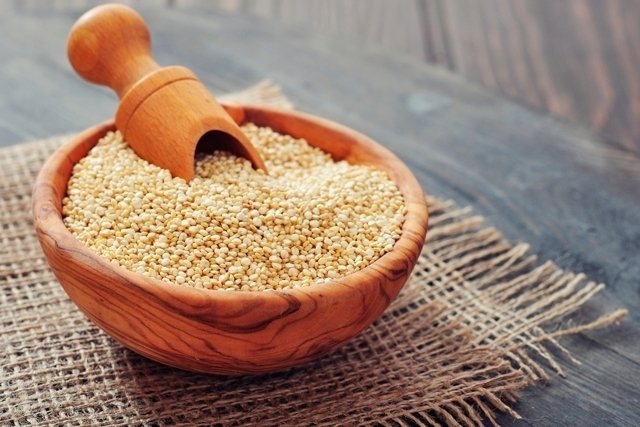
Quinoa flour is rich in fiber, does not contain gluten, and contains protein and iron, making it an excellent option to replace wheat flour. This flour can be used to prepare pancakes, pizzas, cookies, bread and cakes, and can be obtained in supermarkets or prepared at home by placing the grains in a frying pan to toast them and then in a food processor or blender.
9. Peas
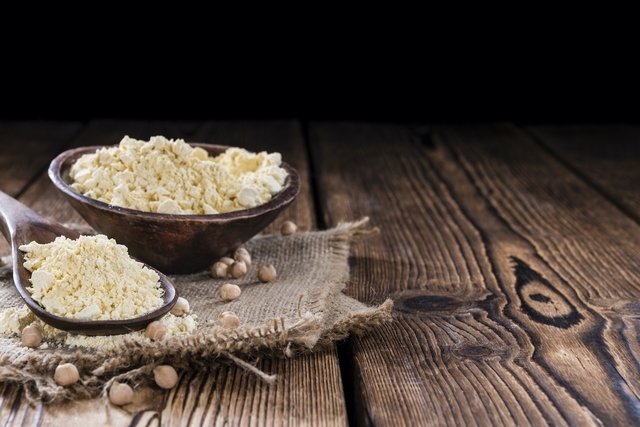
Peas are legumes with excellent benefits for the body, as they are rich in antioxidants, proteins and fiber, which help improve intestinal health, in addition to being gluten-free. However, for people who frequently suffer from intestinal gas or bloating, pea flour is not a good option, because it contains carbohydrates that ferment in the intestine and can cause discomfort.
10.Araruta
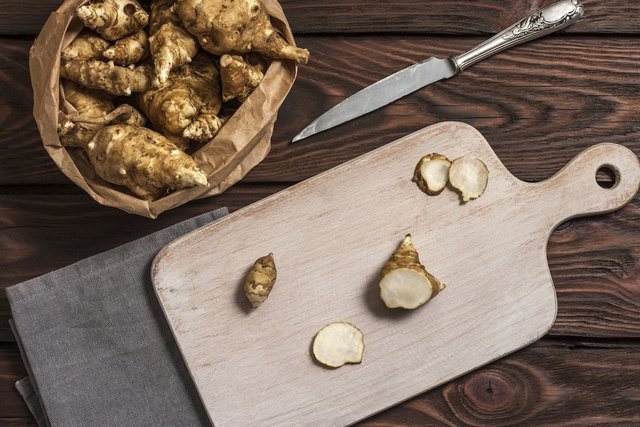
Arrowroot is a tuber similar to cassava or yam, rich in fiber and nutrients such as magnesium, iron and calcium, which facilitate digestion. Furthermore, it is widely used in the form of flour and octopus, to replace wheat for people with celiac disease or those sensitive to gluten. As it is easy to digest, it is recommended for young children and babies over 6 months of age, the elderly and pregnant women. See how arrowroot is used in cooking, aesthetics and personal hygiene.

Sign up for our newsletter and stay up to date with exclusive news
that can transform your routine!
Warning: Undefined array key "title" in /home/storelat/public_html/wp-content/plugins/link-whisper-premium/templates/frontend/related-posts.php on line 12
Warning: Undefined array key "title_tag" in /home/storelat/public_html/wp-content/plugins/link-whisper-premium/templates/frontend/related-posts.php on line 13



